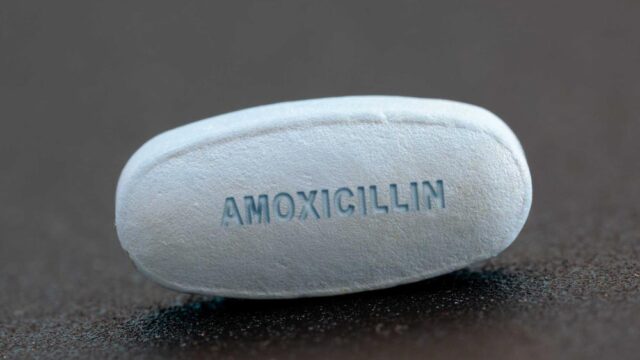Advertisment
Reducing diabetes medication costs can help improve outcomes, especially for low-income patients

A new study led by researchers at the Harvard Pilgrim Health Care Institute has found that reducing out-of-pocket costs for patients with diabetes, especially those considered low income, can be one step toward improving health outcomes.
The study, “Acute Diabetes Complications After Transition to a Value-Based Medication Benefit,” was published in the February 9 edition of JAMA Health Forum.
Treatment with antidiabetic agents, antihypertensives, and lipid-lowering drugs is essential for decreasing acute, preventable diabetes complications, including bacterial infections, neurovascular events, acute coronary disease, and diabetic ketoacidosis. However, high out-of-pocket costs for these medications can lead to suboptimal use.
To help alleviate these cost barriers, some employers have added preventive drug lists (PDL) to their insurance plan offerings. PDLs allow enrollees to pay reduced out-of-pocket amounts for a range of high-value preventive medications, including diabetes medications. While available evidence has shown that PDLs are associated with increased preventive medication prescription fills among patients with diabetes living in lower-income neighborhoods, the effects on health outcomes have been unclear.
“Employers are increasingly adopting PDLs to improve the health of their workers,” said lead author Frank Wharam, Harvard Medical School visiting professor of population medicine at the Harvard Pilgrim Health Care Institute and professor of medicine at Duke University. “Despite the growing prevalence of PDLs, their effect on health has been unclear until now. Our study is the first to suggest that PDLs can improve health outcomes among people with diabetes.”
Using a population of national commercial health plan members with diabetes aged 12 to 64, the team analyzed acute, preventable diabetes complications among members whose employers adopted PDLs compared to members whose employers did not adopt PDLs. The team found that following a switch to a plan including a PDL, members increased their use of antidiabetic medications, while days of acute, preventable diabetes complications decreased by 8.4% in the overall PDL group. Preventable days of diabetes complications decreased by 10.2% among PDL members from lower-income areas compared to the control group.
“We were pleased to discover that a relatively straightforward employer intervention was associated with improved health outcomes among diabetes patients, especially lower-income ones who might struggle with costs,” said senior author Dennis Ross-Degnan, Harvard Medical School associate professor of population medicine at the Harvard Pilgrim Health Care Institute. He added, “Future studies should determine whether PDLs might also benefit patients with other chronic illnesses who are also at risk for adherence-related complications.”





